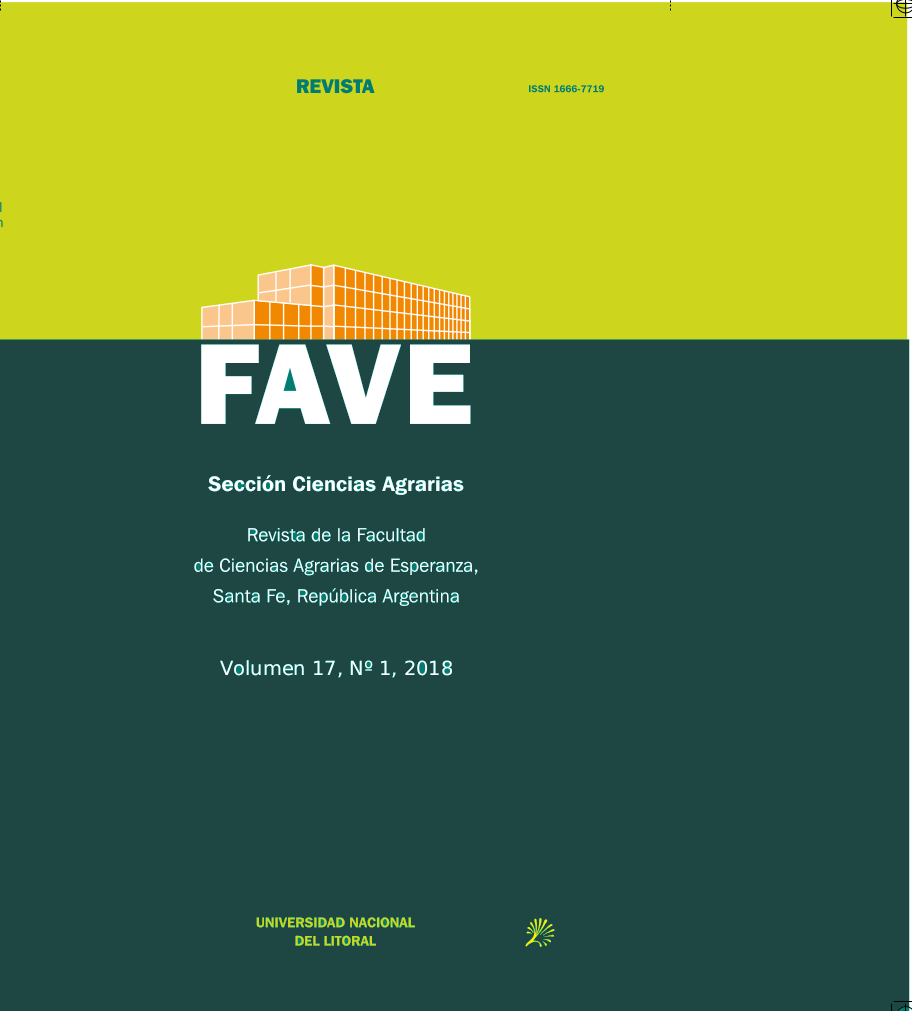Comparison of multivariate analysis techniques by simulation to charac- terize plant genetic resources in terms of characters wich are susceptible to genotype-environment interaction.
DOI:
https://doi.org/10.14409/fa.v17i1.7651Keywords:
three-way data, multiple factor analysis, generalized Procrustes analysis, RV coefficient, Zea mays LAbstract
Characterization and evaluation of phytogenetic resources, preserved ex situ in germplasm banks, is needed to allow their use by breeders. Data recorded from the characterization of maize landraces conserved at the INTA Pergamino germplasm bank could be shown as three way matrices (landraces * trait * environment). Simulated data was generated through three way empirical data, which was used to compare Principal Components Analysis (PCA), Multiple Factorial Analysis (MFA) and the Generalized Procrustes Analysis (GPA) techniques. Escoufier’s RV coefficient quantified the correlation between data matrices. High concordance between configurations obtained with the three analysis strategies was shown. MFA and GPA demonstrated a highlighted potential for the multivariate genotype-environment interaction study. It was also found that Escoufier’s RV coefficient may be used as a simple tool to quantify this interaction.

















